Disc Prolapse: Why Manual Therapy and Rehab Often Beat the Knife
Disc Prolapse: Why Manual Therapy and Rehab Often Beat the Knife
By Bernitta Willoughby, Osteopath
In today’s fast-paced world, the idea of a quick fix can be tempting—especially when you’re in pain. So it’s no surprise that many people assume surgery is the best solution for a disc prolapse.
But is it always necessary? And more importantly, is it always the most effective option?
As an osteopath, I regularly work with individuals dealing with the discomfort, anxiety, and disruption that can come with a herniated disc. The good news is: for many, conservative treatment—including osteopathic care and targeted rehabilitation—is not only effective, but often preferable to surgery.
🧠 What Is a Disc Prolapse?
A disc prolapse (also known as a herniated or slipped disc) happens when the soft, gel-like centre of a spinal disc pushes out through a weakened or torn outer layer. This can press on nearby nerves, causing pain, numbness, or weakness—often in the lower back or legs (commonly known as sciatica).
But not all disc prolapses are painful, and not all pain requires surgical intervention.
🔍 Surgery vs Conservative Treatment: What Does the Evidence Say?
Research consistently shows that manual therapy and rehab can be just as effective as surgery—especially over the long term.
✅ Manual Therapy and Rehab Offers:
A whole-body approach addressing joint mechanics, muscle balance, and posture
Pain relief through hands-on techniques and movement
Improved circulation and healing through mobility
Strengthening the spine’s support system to prevent recurrence
A 2021 meta-analysis found that while surgery may provide faster pain relief, long-term results after 6–12 months are similar to conservative care—without the risks or recovery time associated with surgery.
🚨 When Surgery Is Necessary
There are times when surgery is the right choice:
Cauda equina syndrome (a medical emergency)
Severe or worsening weakness in the limbs
Pain that is unresponsive after 6–12 weeks of treatment
These cases are the exception, not the rule.
👐 The Osteopathic Approach
Osteopathy is built on the idea that the body can heal itself—with the right support.
Treatment for disc prolapse may include:
Soft tissue therapy to reduce tension and nerve pressure
Joint mobilisation to restore movement
Postural advice and ergonomic guidance
Tailored exercise plans to strengthen and protect the spine
This comprehensive approach not only targets the disc—it helps resolve the underlying causes of dysfunction.
🧘 Movement Is Medicine
Gone are the days of bed rest. Today, we know that movement aids recovery—and the spine thrives on it.
With a personalised rehab plan, patients can:
Maintain spinal health
Improve mobility and circulation
Rebuild confidence
Reduce the risk of future injury
💬 Ready to Start Your Recovery?
If you’re dealing with disc pain, surgery may not be your only option. With expert osteopathic care and a guided rehabilitation plan, many people experience full recovery—naturally.
📞 speak to us today - 01487 209 084
